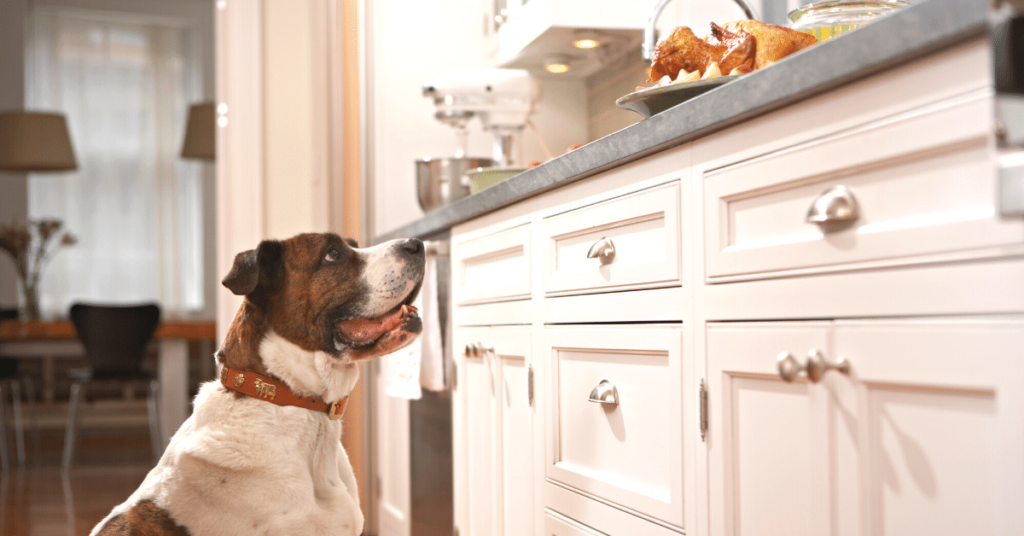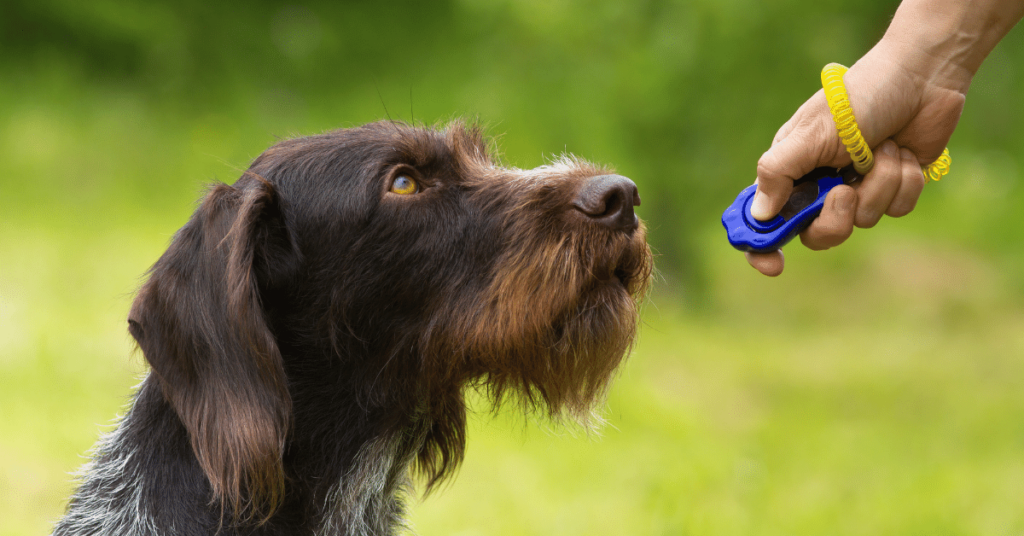Understanding Counter Surfing and Food Stealing
The Habit of Counter Surfing
Counter surfing, the act of a pet jumping up onto kitchen counters or tables to steal food or other items, is a common problem faced by pet owners. This behavior can be frustrating and even dangerous, as it can lead to ingestion of harmful substances or a potential injury from knocking items off the counter. In order to address this unwanted behavior, it’s important to first understand why it occurs.
Curiosity and Food Motivation
Pets are naturally curious creatures, and the enticing smells and accessibility of food on the counter can be hard to resist. Whether it’s the aroma of freshly cooked meat or a tempting slice of cake, the potential reward is enough to motivate your pet to explore the countertops. Additionally, some pets may have learned that counter surfing results in a positive outcome, such as successfully obtaining a tasty treat.
Reinforcement and Lack of Boundaries
In some cases, counter surfing may have inadvertently been reinforced by the pet owner. For instance, if your pet successfully steals food from the counter and is not immediately corrected or if they receive attention from the incident, they may believe that this behavior is acceptable. Lack of clear boundaries and inconsistent training can also contribute to counter surfing becoming a persistent bad habit.
Correcting Counter Surfing Behavior
Now that we understand why counter surfing occurs, let’s explore effective methods to discourage and correct this behavior in our pets.
Secure the Environment
The first step in addressing counter surfing is to create an environment that makes it difficult or impossible for your pet to access the countertops. This can be achieved by utilizing physical barriers like baby gates or by designating certain areas of the house as off-limits. Additionally, make sure to properly store food and other tempting items in sealed containers or high shelves.
Training and Positive Reinforcement
Positive reinforcement training techniques are highly effective in correcting unwanted behaviors. Teach your pet alternative behaviors, such as “sit” or “lie down,” and reward them with treats and praise when they obey your commands. Be consistent and patient with the training process, and gradually increase the difficulty by practicing around tempting food items.
Discipline and Corrections
While positive reinforcement is the primary focus, it is also important to establish boundaries and correct your pet when they engage in counter surfing. A firm “no” or a loud noise, such as clapping your hands, can serve as a deterrent. However, it is crucial to deliver the correction in the moment and not after the fact, as pets may not associate the punishment with their behavior.
Redirection and Distraction
Provide your pet with appropriate alternatives and outlets for their energy and curiosity. Offer interactive toys, puzzle feeders, or chew toys to keep them engaged and occupied. Regular exercise and mental stimulation are key components in preventing boredom, which can contribute to unwanted behaviors like counter surfing.
Food Stealing and Its Risks
Food stealing, whether it occurs during meals or from other locations in the house, poses a set of unique challenges for pet owners. It can lead to a variety of health hazards, including ingestion of toxic substances, choking hazards, or even gastrointestinal blockages. Understanding the risks associated with food stealing is important for the well-being of your pet.
Toxic Foods for Pets
Some human foods can be toxic to pets. Chocolate, grapes, onions, garlic, and certain artificial sweeteners like xylitol are just a few examples. These substances can cause severe health issues and even be fatal for pets. It is crucial to keep these foods out of reach and educate yourself on the potential dangers.
Preventive Measures
Prevention is key when it comes to food stealing. Ensure that your pet is well-fed with nutritious meals, reducing the temptation to steal food. Store food securely and dispose of wrappers or packaging properly to avoid attracting your pet’s attention. Supervise meal times and teach your pet to wait until they are given permission to approach their own bowl.
Training and Consistency
Consistency plays a vital role in preventing food stealing behavior. Establish clear guidelines and expectations regarding mealtime behavior and reinforce them consistently. Basic obedience training, such as “sit” and “stay,” can be helpful in creating a foundation of discipline and respect.
Summary
Counter surfing and food stealing are common unwanted behaviors in pets. Understanding the underlying motivations for these behaviors, such as curiosity and food motivation, allows for effective corrective action. By securing the environment, providing positive reinforcement, enforcing boundaries, and redirecting energy, owners can successfully discourage counter surfing. Similarly, preventing food stealing involves awareness of toxic foods, preventive measures, and consistent training. With patience, consistency, and the right approach, you can correct these unwanted behaviors and create a safer and more harmonious environment for both you and your pet.







